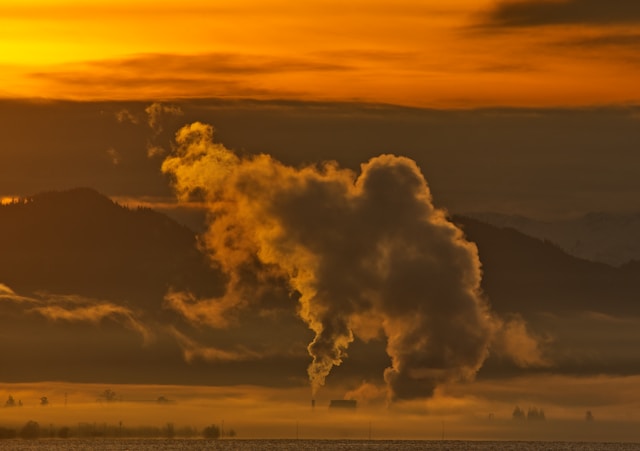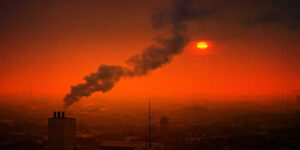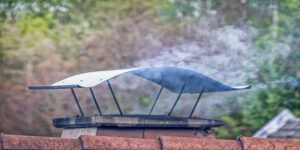America’s Air at Risk: The 2025 “State of the Air” Report Sounds the Alarm
Air at Risk: Breathing clean air is a basic human right—yet, in 2025, almost half of all Americans find themselves inhaling pollutants at levels hazardous to their health. This is the jarring takeaway from the American Lung Association’s annual “State of the Air” report, released in April 2025. The findings are a wakeup call for communities from coast to coast: air pollution is getting worse, and climate change is a major culprit.
How bad is it? The report identifies 156 million people—nearly one in every two Americans—living in counties with unhealthy levels of particle pollution or ozone. This represents a significant increase from previous years, up by millions due to the compounding effects of extreme heat and devastating wildfires.
Wildfires, Ozone, and The Heat Connection:
The report’s grim data shows that wildfires are now one of the largest sources of air pollution in the western United States. As record-breaking heatwaves desiccate forests and grasslands, fires spark more easily and burn longer and hotter, churning soot and toxic smoke into the atmosphere. Cities far from the flames, from Denver to Dallas, have experienced “smoke days” where pollution spikes to hazardous levels.
Ozone, or “smog,” remains a particular trouble spot in cities like Los Angeles, Phoenix, Salt Lake City, and Houston. Hotter temperatures increase the chemical reactions that create smog, making already-polluted urban air even more dangerous during the summer months.
Who is most at risk?
The health impacts of worsening air pollution are not distributed equally. Children, seniors, pregnant women, people with asthma, and low-income populations are at greatest risk. The report documents rising emergency room visits for asthma attacks, increases in heart and lung problems, and evidence that pollution can increase pregnancy complications and harm developing children.
Recent data paint a stark picture:
- Wildfire smoke now accounts for as much as half of all dangerous particle pollution in western states.
- Large swathes of California, Arizona, Texas, Colorado, and Utah top the list for worst air quality days.
- Rural communities often lack the resources and infrastructure to cope with persistent air quality alerts.
Public health groups are raising alarm bells.
The American Lung Association is urging Congress and the White House to safeguard the enforcement power, funding, and scientific integrity of the EPA’s clean air programs. However, ongoing budget cuts and efforts to strip the EPA of regulatory authority threaten vital protections. The rollback of the Greenhouse Gas Endangerment Finding (announced this July), for example, could prevent the EPA from enforcing stricter emissions limits for both industry and vehicles.
So, what can be done?
Scientists, local officials, and environmental advocates stress that urgent action is needed:
- Preserve and strengthen the Clean Air Act by fully funding the EPA and supporting state pollution control programs.
- Invest in wildfire prevention and emergency response, focusing on prescribed burns, forest management, and firefighting resources.
- Accelerate the transition to cleaner vehicles, renewable power, and reduced reliance on fossil fuels that drive both ozone and particle pollution.
- Equip at-risk communities with air-filtration systems and public health outreach, helping families mitigate exposure on high-pollution days.
Individual action matters too:
- Monitor daily air quality reports, especially during wildfire season or high-ozone alerts.
- Use HEPA filters indoors and create clean air rooms at home for vulnerable family members.
- Advocate for pollution controls at the local and state level, pressing elected officials to prioritize environmental health.
The bottom line:
2025’s “State of the Air” report is more than a statistical update—it is a call to action. Accepting unhealthy air as the status quo is not an option. With climate change making pollution crises more frequent and severe, protecting the air we breathe is a fight we cannot afford to lose. The stakes are nothing less than the health and well-being of millions of Americans—today and for generations to come.







